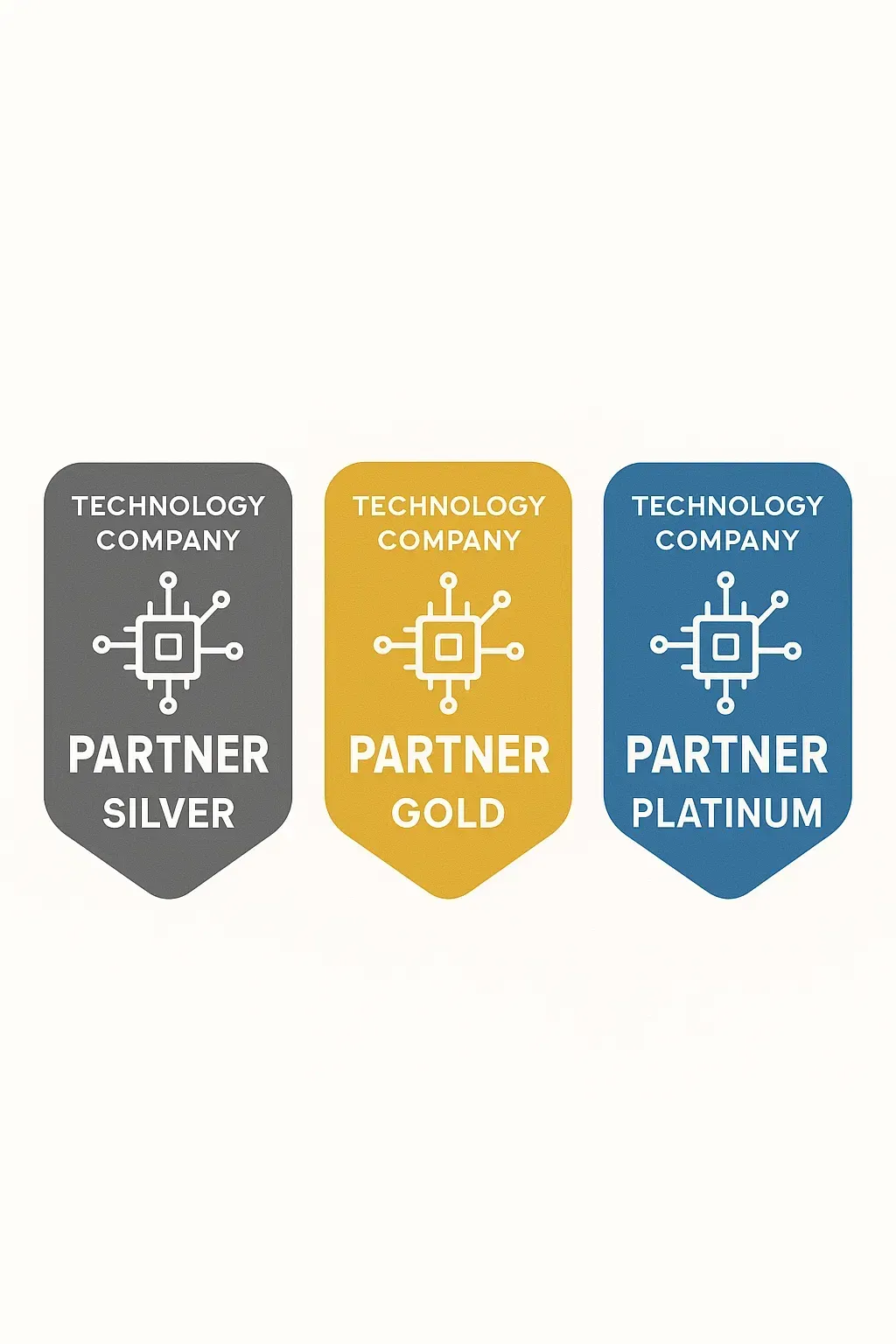Why "Return to Office" Policies Need a Rebrand
Return to Office: Stop Fighting It, Start Reframing It
Let's be real — nobody loves being told they have to come back to the office after 2+ years of working in sweatpants. But for companies committed to in-person work, the messaging around RTO doesn't have to feel like a corporate hostage situation.
Here's what smart companies are doing differently:
Drop the "Because I Said So" Approach
Remember how well that worked when your parents used it? Yeah, exactly. Instead of hiding behind vague phrases like "fostering collaboration" or "maintaining culture," successful companies are having honest conversations about their business reasons for in-person work. Whether it's client expectations, training needs, or genuine collaboration challenges, transparency builds trust.
Make the Office Worth the Commute
If you're asking people to brave rush hour traffic, you better make it worth their while. Forward-thinking companies are reimagining their office spaces as collaboration hubs with amenities that actually enhance work life - think upgraded tech, creative meeting spaces, and yes, better coffee than they can make at home. The office should feel like a resource, not a requirement.
Focus on the "Why" Not Just the "What"
Rather than simply announcing new policies, smart companies are sharing their vision for how in-person work connects to larger business goals and employee growth. They're painting a picture of how face time translates to faster problem-solving, stronger mentorship, and clearer career paths.
Get Your Leaders in the Game
Nothing kills RTO enthusiasm faster than executives who preach office presence while working remotely. Companies doing this right have visible leadership presence, with C-suite members not just showing up, but actively engaging with teams and demonstrating the collaborative culture they're promoting.
Read the Room (and Adapt)
The most successful RTO strategies aren't set in stone. Smart companies are treating their policies as living documents, gathering feedback, measuring what's working, and adjusting accordingly. Maybe three days in office works better than five. Maybe certain teams need more flexibility than others. Being willing to evolve shows employees you're listening.
The Bottom Line
The great office return doesn't have to be a corporate death march. By focusing on value over mandates, creating compelling in-person experiences, and maintaining genuine dialogue with employees, companies can shift the narrative from "you must" to "you'll want to."
Remember: Your RTO strategy is essentially a change management campaign. The goal isn't just compliance — it's buy-in. And that starts with communication that treats employees like adults who can handle honest conversations about business needs while acknowledging the very real impact on their lives.
The companies that will win this transition aren't the ones with the strictest policies — they're the ones who make the office a place where people actually want to be.
If your HR team is struggling to build a vibrant employer brand that's trusted by workers and prospective talent, we should talk.




